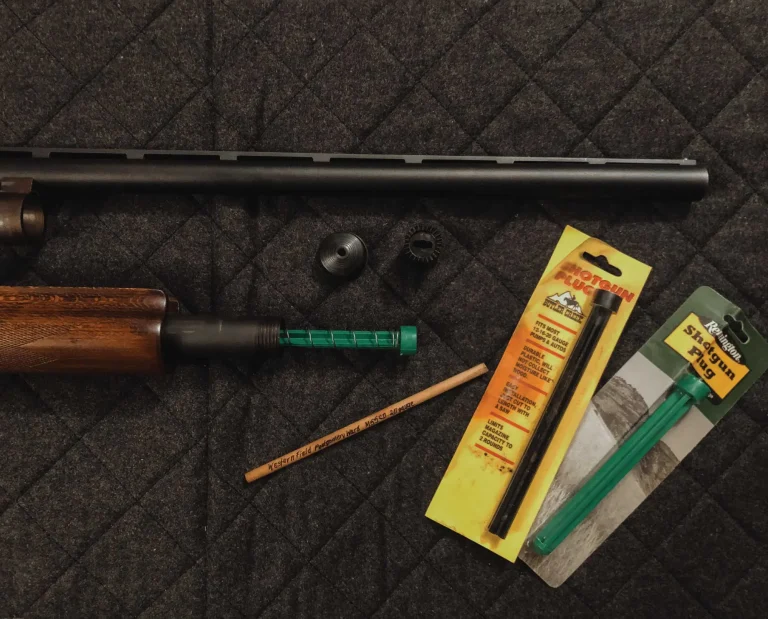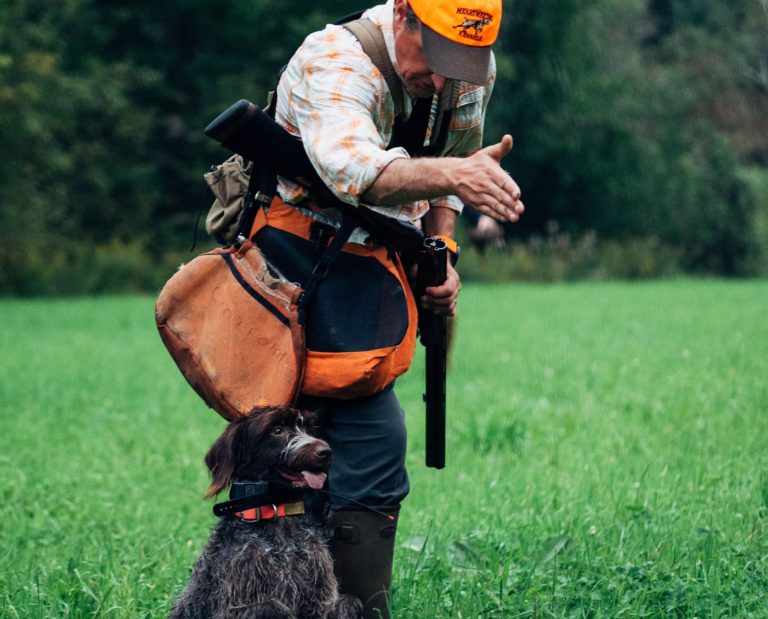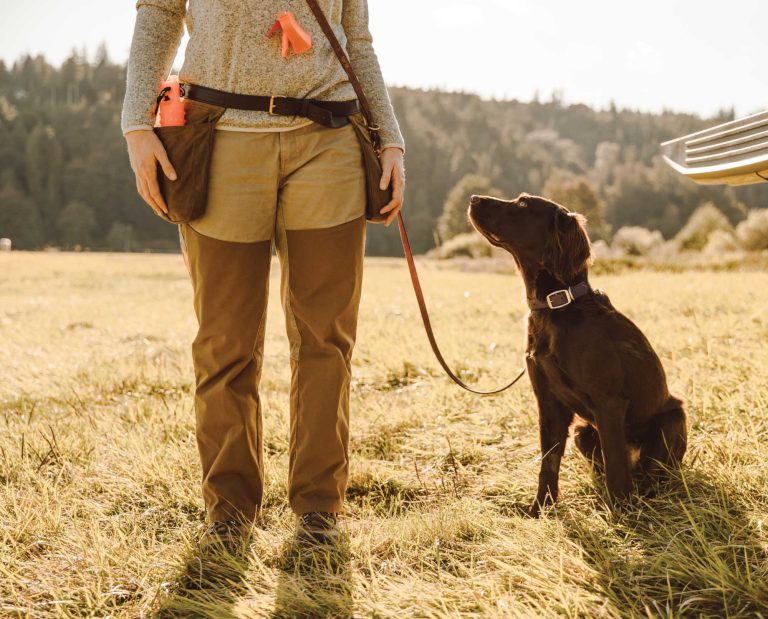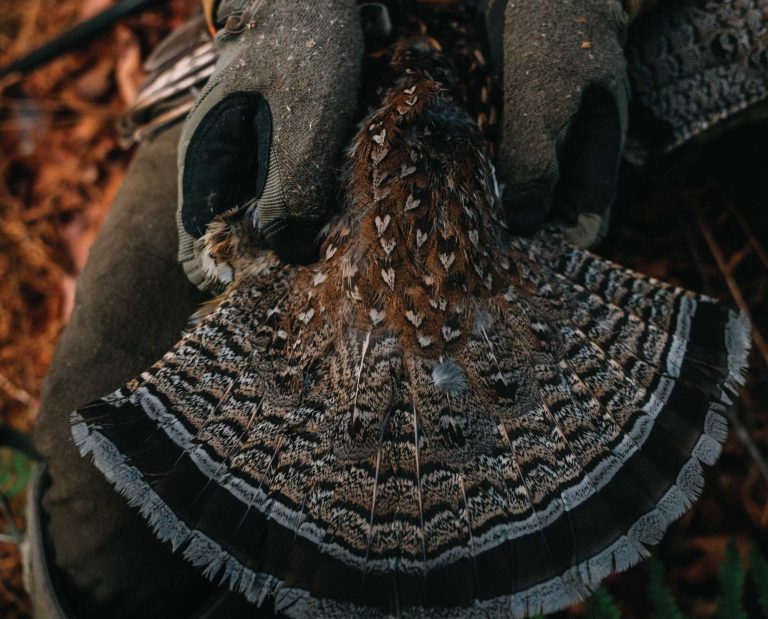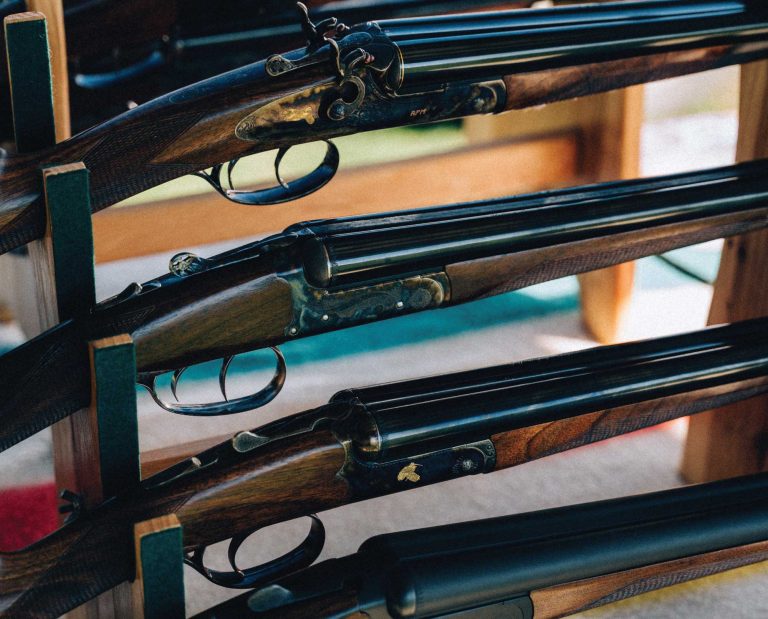A Beginner’s Guide to Buying a Used Shotgun
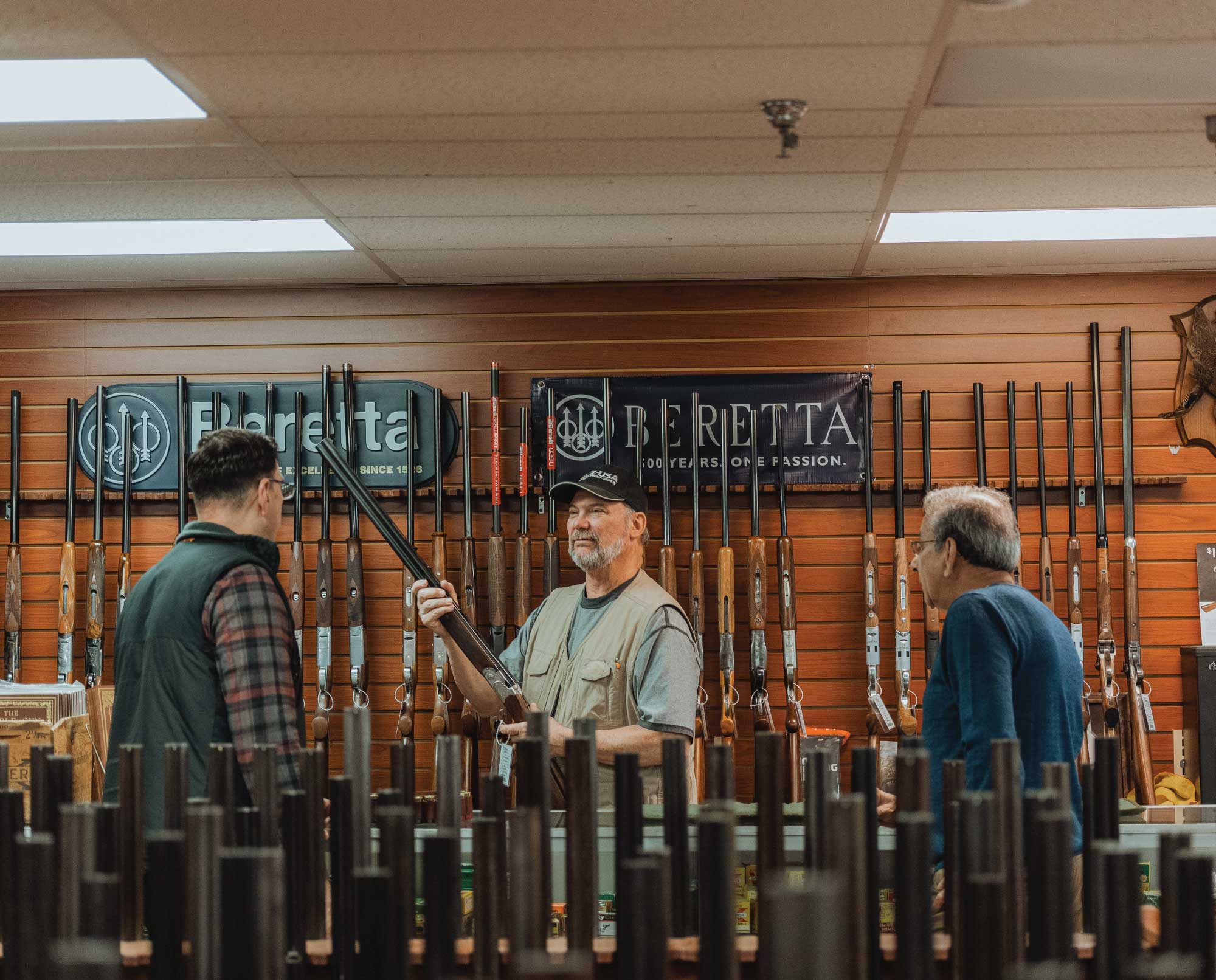
Here’s a how-to guide from a former gun shop employee on buying a used shotgun for the first time
“What do you have in a good, used, lightweight, nice shotgun for quail?”
If I heard that question from a customer once I heard it a thousand times over the four years I worked in a gun shop during college. The follow-up was usually more of a statement than a question and it went something like, “…and cheap.”
I needed a part-time job during college to pay the bills at the rental house I shared with one roommate and a 1970s vintage pinball machine. I went to college in the same town I grew up in so the local sporting goods store/gun shop was a regular stop to resupply and gaze longingly at the shop’s gun rack.
Shortly after graduating from high school I ran into a longtime employee of the gun shop at the grocery store and she asked what I had been doing with my newly found freedom from school. Without really thinking I said, “Well, I’m looking for a part-time job.” She chuckled and said that the shop was needing some part-time help and told me to drop by the following afternoon. After a five minute pseudo-interview, the owner hired me and the rest is history.
The store was a full-line sporting goods store that sold everything from casual clothing to fishing tackle to decoys and, of course, guns. Since I had grown up hunting and shooting I naturally gravitated to the gun counter and spent the majority of my years helping customers find the shotgun, rifle, or handgun that was just right for them. Looking back now it was probably one of the best jobs I’ve ever had. I loved everything related to hunting, fishing, and being outdoors and I also really enjoyed helping people get outfitted for their outdoor pursuits.
From that experience, I assembled the following guide that I hope will be helpful to a beginning upland hunter looking to purchase their first shotgun. Purchasing a used/pre-owned shotgun is a great way to help stay within a budget and may even connect you to a vintage piece of bird hunting heritage.
Buy local
The current trend to “buy local” could not be more applicable when it comes to purchasing a pre-owned shotgun. In addition to supporting local businesses, shopping for a shotgun at a local gun shop allows you to place your hands on a bird gun prior to making a purchase. You can check it out for any damage or blemishes and see how it fits you. Also, there is a good chance that your local gun shop has access to a gunsmith to whom you can reach out for a pre-purchase assessment. Lastly, by regularly visiting your local gun shop you will be able to cultivate personal relationships with the staff that will help facilitate a more robust shopping experience for years to come.
Selecting an action type
We’ll start with the basics of the type of operating action that best fits you. Three common action types you’ll most commonly see in the used gun rack are pumps, semi-automatics, and double-barrels. In terms of cost, usually pump shotguns are the least expensive followed by semi-automatics, and finally double-barrels. Less common and more obscure is a single shot.
Maybe you want to try a semi-automatic because you shot your friend’s Browning A5 on sporting clays and shot very well. Maybe you’ve shot pumps and semi-automatics for a few years and want to move into a double-barrel, like a Stevens 315, for a more traditional upland shotgun. Sometimes, shooters feel more comfortable with the action type they have shot previously.
Whichever action type feels most natural and gives you some added confidence then, by all means, give it a shot (pun intended). A recurring theme you’ll read in this article is finding what is best to fit you and your needs then shooting it . . . a lot. Then shooting some more. Practice makes better, period.
It is also important to know if the shotgun has interchangeable chokes or fixed chokes. With interchangeable chokes you should ask if there are more than just the one (or two) in the shotgun. In the case of fixed chokes, you should ask what the gun is choked at and if that size makes sense for its intended use.
READ: Understanding Shotgun Chokes – A Bird Hunters Guide
How the gun fits you
I cannot stress enough to look for a bird gun that “fits” you best. There are a zillion components to fit and there are very competent gun fitting specialists who can help you get dialed in much better than I can. But what I will tell you from my experience selling hundreds of shotguns to customers is that the first aspect of fit is also the most often overlooked when purchasing a shotgun.
Think about it. When you ask the clerk at your local gun shop to show you that double-gun you’ve had your eye on, what is the first thing you do after, of course, checking the chambers to make sure they’re empty? That’s right, you raise it to your shoulder as if you’re pulling up on a fast flushing rooster pheasant.
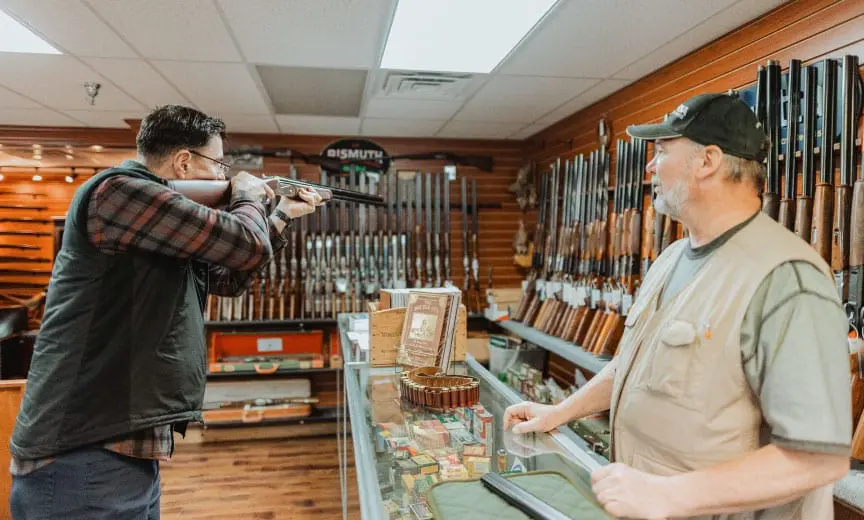
In those few seconds when you raise that shotgun to your shoulder for the first time your gut feeling tells you one of two things: yes, this feels good and natural, or no, this doesn’t really fit me.
Do. Not. Ignore. Your. Gut.
If it feels natural then the characteristics are likely well matched to your body shape and size. If your head easily glides to a shooting position there’s probably a good reason for that. Conversely, if, when you pull that shotgun up to your cheek, you find yourself wiggling your head around to make it feel somewhat natural something may not be in alignment with the shotgun and your body.
Granted, a gunsmith can tweak a shotgun in a thousand ways to make it fit you but that will add some cost to your purchase and may never get you that natural “fit” that makes you one with the gun. The bottom line is to trust your gut.
Original condition
One aspect of shopping for a pre-owned shotgun that can be important is to look for guns in original condition. By “original condition” what I mean is no major modifications have been made to the shotgun such as shortening of the stock or barrel, replacing the front sight, or a poorly fitting aftermarket recoil pad.
The clerk behind the gun counter will usually be able to tell you if a shotgun is original or, if not, they can point out any modifications that have been made. A few key things to check out at first glance include:
- Does the buttstock appear to have been cut off?
- Has the barrel been shortened?
- Has the barrel been retrofitted with aftermarket thin wall choke tubes?
- Is the front sight a factory original or has it been replaced with a fiber optic-type sight?
The fact that a particular shotgun you are looking at may have been modified should not necessarily close the door on your purchase. However, future resale and trade-in value will be higher for a shotgun with original specifications versus one that’s been modified. My personal philosophy has always been it’s my prerogative to make a few tweaks to my own shotgun—but I’d much rather start off with original specifications than make changes to someone else’s customizations.
The art of negotiating
The simple fact is there is more “wiggle room” to negotiate the purchase price of a used shotgun than there is on a new shotgun. There isn’t much profit margin on new guns sold at retail. This is yet another great reason to look at purchasing a pre-owned bird gun.
Keep in mind that negotiating on a used shotgun at your local gun shop is a time to practice the golden rule of treating others the same way you would like to be treated yourself. Here’s the deal: the gun shop needs to make some profit and you want to make the most economical purchase you can. The rub lies with finding that sweet spot in the middle.
The first and most basic advice I’d give you is to simply ask, “Is that the best you can do?” It’s straightforward but not threatening. It’s simple and open-ended. It provides the salesperson at the gun shop the opportunity to review the fixed cost they have invested in that particular shotgun and determine a fair profit margin. Ninety-nine times out of 100 they will come back with a price lower than the list price. And most often it’s not only a fair price but it’s the best price you’ll likely get on that shotgun. Feel free to make a counter offer but don’t be surprised if it’s not accepted.
Two key points in negotiating that should not be overlooked are:
- Your ability to negotiate a fair price is directly proportional to the quality of the personal relationships you’ve cultivated with the employees of the gun shop. If, when you walk into the store, the staff and/or owner(s) call you by your name and vice/versa your ability to negotiate will be greatly enhanced.
- Don’t insult the seller with a lowball offer. Nothing rubs a gun shop employee the wrong way more than when they feel like a customer is trying to take advantage of them. This type of behavior will have a ripple effect on any future purchases, too. Another golden rule: Old sins cast long shadows.
In conclusion, if you do end up purchasing a pre-owned shotgun from your local gun shop, then don’t be a stranger. If they have treated you right and fairly then continue to patronize their store and, again, cultivate those personal relationships. You will need target shells for practice on clays. You’ll need gun cleaning supplies. You may need a case for transporting your new treasure. Make all those purchases from that same gun shop that worked with you to get you that new-to-you shotgun.
The store probably gave up a little profit margin to negotiate on the price of your shotgun. If you purchase those shells and cleaning supplies from them it allows them to balance-out their profit margins a bit and it’s simply the right thing to do. Again, see the previous reference to the golden rule.
If you’re like me your first purchase of a used shotgun will likely not be your last so utilize these tips as a foundation on which to build your own personal experiences. In my next article, I’ll dive into guiding beginners through their first online purchase of a used shotgun. We’ll look at everything from effective digital communication to FFL transfers—so be on the lookout for some help with your online shotgun shopping.
SUBSCRIBE to the AUDIO VERSION brought to us by: ESP – Digital Hearing Protection for FREE : Google | Apple | Spotify



